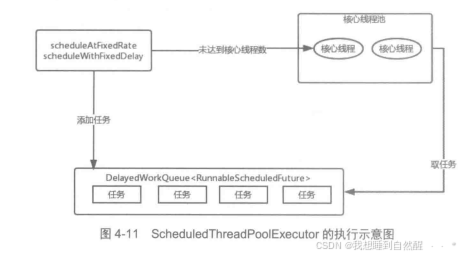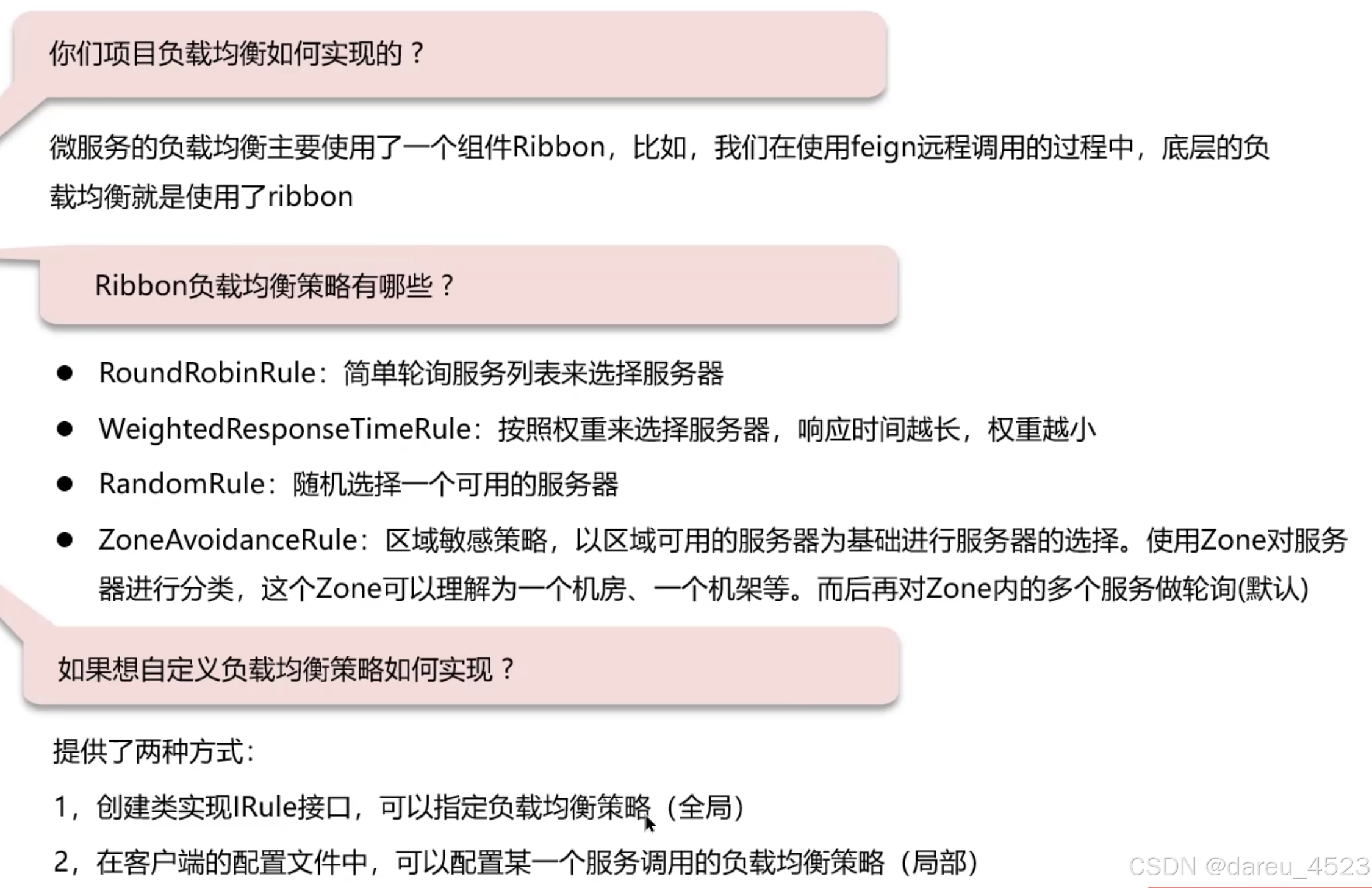在高并发的互联网应用中,计数器作为一种基础功能,经常出现在如点赞、浏览量、投票等场景中。如何设计一个高效且可靠的计数器系统,是每个架构师和开发者需要关注的核心问题。传统的基于数据库的计数器在高并发情况下容易成为性能瓶颈,而使用 Redis 作为缓存解决方案,能够极大地提升系统的响应速度和处理能力。
本文将详细介绍如何使用 Spring Boot 和 Redis 实现一个高效、可靠的计数器,适用于各种高并发场景。我们会讲解如何在 Spring Boot 项目中集成 Redis,如何设计高效的计数器机制,如何处理并发问题,以及如何保证计数器数据的准确性与可靠性。
一、为什么选择 Redis?
Redis 是一个开源的内存数据结构存储系统,它不仅支持字符串、哈希、列表、集合等常见数据类型,还提供了强大的原子操作功能和高并发性能。Redis 在处理计数器时特别有优势,原因如下:
a. 高性能:Redis 基于内存操作,速度非常快。它的操作是原子性的,保证了高并发场景下的数据一致性。
b. 简单易用:Redis 提供了丰富的命令和客户端支持,能够轻松实现计数器的加减操作。
c. 持久化与高可用:虽然 Redis 是内存数据库,但它提供了持久化机制,可以将数据定期存储到硬盘中。此外,Redis 还支持主从复制、哨兵机制等,保证高可用和数据可靠性。
二、项目准备
2.1 环境准备
在本教程中,我们将使用以下技术栈:
- Spring Boot:作为应用的框架,简化开发。
- Redis:作为计数器的存储,提供高并发访问支持。
- Lettuce 或 Jedis:作为 Spring Boot 和 Redis 之间的客户端库。
- Maven:作为构建工具。
你可以通过以下命令安装 Redis:
sudo apt-get update sudo apt-get install redis-server
启动 Redis 服务:
sudo service redis-server start
2.2 创建 Spring Boot 项目
使用 Spring Initializr 创建一个新的 Spring Boot 项目,选择如下依赖:
- Spring Web
- Spring Data Redis
- Lombok(用于简化代码)
- Spring Boot DevTools(开发工具)
你可以通过访问 Spring Initializr 来创建项目,并导入到你喜欢的开发工具中。
三、引入 Redis 依赖
在 pom.xml 文件中,添加 Redis 相关的依赖。我们这里使用 Lettuce 作为 Redis 客户端。
<dependencies> <!-- Spring Boot Web --> <dependency> <groupId>org.springframework.boot</groupId> <artifactId>spring-boot-starter-web</artifactId> </dependency> <!-- Spring Data Redis --> <dependency> <groupId>org.springframework.boot</groupId> <artifactId>spring-boot-starter-data-redis</artifactId> </dependency> <!-- Lettuce Redis Client --> <dependency> <groupId>io.lettuce.core</groupId> <artifactId>lettuce-core</artifactId> </dependency> <!-- Lombok (Optional, for code reduction) --> <dependency> <groupId>org.projectlombok</groupId> <artifactId>lombok</artifactId> <scope>provided</scope> </dependency> </dependencies>
2.3 配置 Redis
在 application.yml 或 application.properties 中配置 Redis 连接信息:
spring: redis: host: localhost port: 6379 password: "" database: 0 jedis: pool: max-active: 10 max-idle: 5 min-idle: 1
2.4 创建 Redis 配置类
为了更好地管理 Redis 连接池,我们可以创建一个配置类来初始化 RedisTemplate。
javaCopy Code
package com.example.demo.config; import org.springframework.context.annotation.Bean; import org.springframework.context.annotation.Configuration; import org.springframework.data.redis.core.RedisTemplate; import org.springframework.data.redis.connection.RedisConnectionFactory; @Configuration public class RedisConfig { @Bean public RedisTemplate<String, String> redisTemplate(RedisConnectionFactory factory) { RedisTemplate<String, String> template = new RedisTemplate<>(); template.setConnectionFactory(factory); return template; } }
四、实现计数器功能
4.1 计数器业务逻辑
计数器的实现可以非常简单:通过 Redis 的 INCR 命令来实现计数器的递增。INCR 命令是原子操作,能够保证高并发时的正确性。
下面是一个简单的计数器服务类:
package com.example.demo.service; import org.springframework.beans.factory.annotation.Autowired; import org.springframework.data.redis.core.RedisTemplate; import org.springframework.stereotype.Service; @Service public class CounterService { @Autowired private RedisTemplate<String, String> redisTemplate; private static final String COUNTER_KEY = "counter"; public Long incrementCounter() { return redisTemplate.opsForValue().increment(COUNTER_KEY, 1); } public Long getCurrentValue() { String value = redisTemplate.opsForValue().get(COUNTER_KEY); return value != null ? Long.parseLong(value) : 0; } }
计数器的主要操作:
- incrementCounter:每次调用该方法会将计数器加1。
- getCurrentValue:获取当前计数器的值。
4.2 设计接口
接下来,我们需要创建 RESTful 接口,供外部调用增减计数器的功能。我们使用 @RestController 来创建控制器:
package com.example.demo.controller; import com.example.demo.service.CounterService; import org.springframework.beans.factory.annotation.Autowired; import org.springframework.web.bind.annotation.GetMapping; import org.springframework.web.bind.annotation.RestController; @RestController public class CounterController { @Autowired private CounterService counterService; @GetMapping("/increment") public Long increment() { return counterService.incrementCounter(); } @GetMapping("/current") public Long getCurrentCounter() { return counterService.getCurrentValue(); } }
在这个控制器中,我们提供了两个接口:
- /increment:递增计数器。
- /current:获取当前计数器值。
4.3 测试计数器
启动 Spring Boot 应用,并通过浏览器或 Postman 访问以下接口进行测试:
- 访问
http://localhost:8080/increment,可以看到计数器的值不断递增。 - 访问
http://localhost:8080/current,可以查看当前计数器的值。
五、处理高并发与分布式环境
5.1 锁机制保证准确性
虽然 Redis 的 INCR 操作是原子性的,但在某些高并发场景下(尤其是在分布式环境中),我们可能会面临超高并发情况下的竞态条件问题。因此,使用 Redis 分布式锁来保证操作的原子性是非常重要的。
我们可以使用 Redis 的 SETNX 命令来实现一个分布式锁,确保只有一个线程在同一时刻访问计数器。
public boolean lock(String key, String value) { return redisTemplate.opsForValue().setIfAbsent(key, value, 10, TimeUnit.SECONDS); } public void unlock(String key) { redisTemplate.delete(key); }
这样,我们可以在 incrementCounter 操作之前加锁,操作完成后再释放锁。确保并发情况下,计数器的值能够正确递增。
5.2 Redis 的过期时间设置
为了防止锁泄漏,我们可以为锁设置过期时间,在过期后自动释放锁。
public boolean lock(String key, String value) { return redisTemplate.opsForValue().setIfAbsent(key, value, 10, TimeUnit.SECONDS); }
六、总结与优化
通过本文的介绍,我们已经实现了一个基于 Redis 的高并发计数器系统。在设计过程中,我们充分利用了 Redis 的原子操作特性,确保了计数器的高效与可靠。
a. 性能优化:Redis 内存存储和原子操作使得我们的计数器在高并发场景下依然能够保持低延迟和高吞吐量。
b. 可扩展性:如果需要在分布式环境中部署,可以通过 Redis 集群模式来扩展系统,保证高可用性和分布式一致性。
c. 锁机制:在需要保证操作准确性的场景下,使用 Redis 的分布式锁是非常有效的解决方案。











![[Unity]TileMap开发,TileMap地图缝隙问题](https://i-blog.csdnimg.cn/direct/e74b8e0b20db4f1e8f52be7f089426f5.png)







